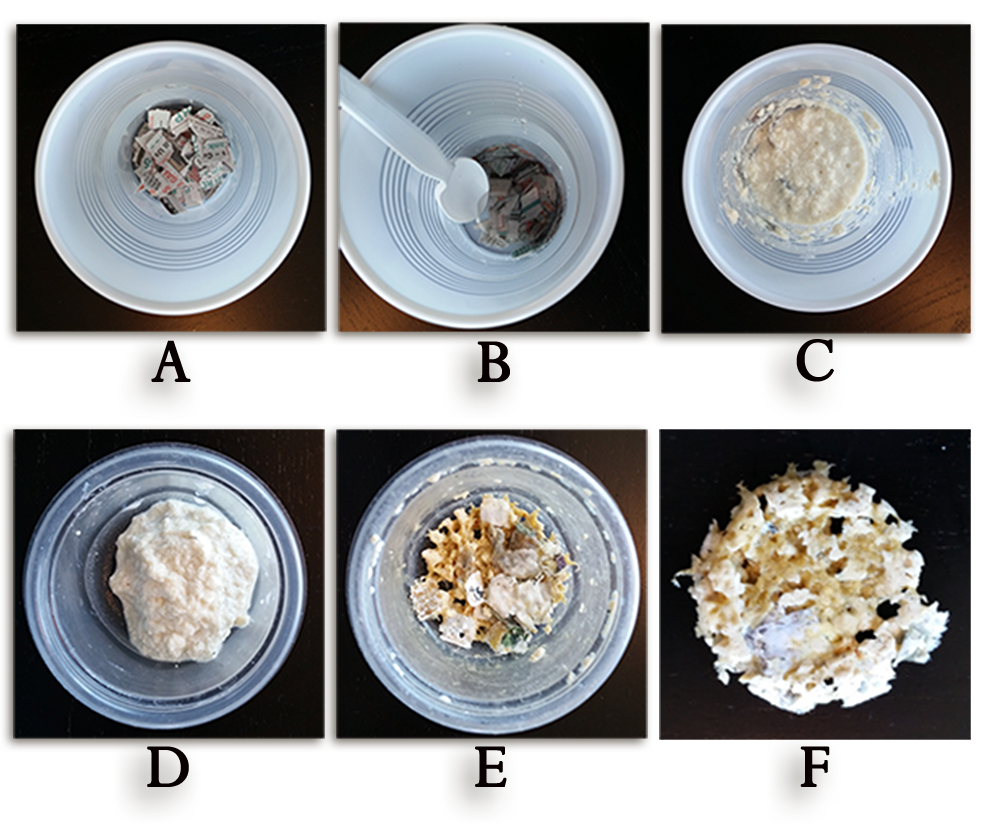This lesson and activity allows students to create a biobased product. The term biobased can be defined as a material or product derived from biological or renewable resources. For an introductory lesson on the difference between renewable and non-renewable resources, see Activity 2 in the lesson, Corn An A-maizing Plant: Food, Fuel, and Plastic.
There are many items in our every day lives that are made from either renewable or non-renewable resources. Glass, various metals, plastics, and fuel are a few examples. Glass and metal are made from elements and minerals found naturally in the earth, however these are non-renewable resources due to the limitations we have in mining them from the earth's surface. Common plastics are made from petroleum, a fossil fuel which is also a non-renewable resource.
Science and technology has led to the development of various types of plastics and fuel which are renewable. Biodiesel made from vegetable oils, ethanol made from corn, and bioplastics are a few examples. Plastic is used to make countless items used in our everyday life. Plastic, made from soybeans, is even used in some car parts. These car parts are an example of a biobased product.
George Washington Carver was a scientist who was born to slave parents in Missouri during the Civil War. He worked as a farmhand in Kansas where he earned a high school education in his late 20s. Carver was the first black student to attend Iowa State Agricultural College where he earned a bachelor’s and master’s degree. He left Iowa and became an influential scientist at the Tuskegee Institute in Alabama. By convincing farmers in the South to plant peanuts as an alternative to cotton, Carver helped revitalize the area’s agriculture and became one of the most respected and influential scientists in the country. Carver is also known for his efforts in discovering that soybeans were a valuable source of protein and oil.
Like Carver, Henry Ford had an interest in soil science and the potential of alternative crops like peanuts and soybeans to produce plastics, paint, fuel, and other products. In 1942 Ford showcased a car with a lightweight plastic body made from soybeans. His motivation to build this car came from a shortage of metal, his belief that the plastic panels would make it safer than a steel car in an accident, and a desire to combine the fruits of industry and agriculture.1
Ford and Carver corresponded via letter in the early 1930s and developed a deep respect for each other that led to collaborative efforts in scientific and technological advancement for the agriculture and automobile industries.
In this lesson, students will heat the soybean protein found in tofu. This heating process causes the protein in the tofu to coagulate and change from a solid to a semi-solid. Students can analyze the product and develop ideas for how it could be used.
